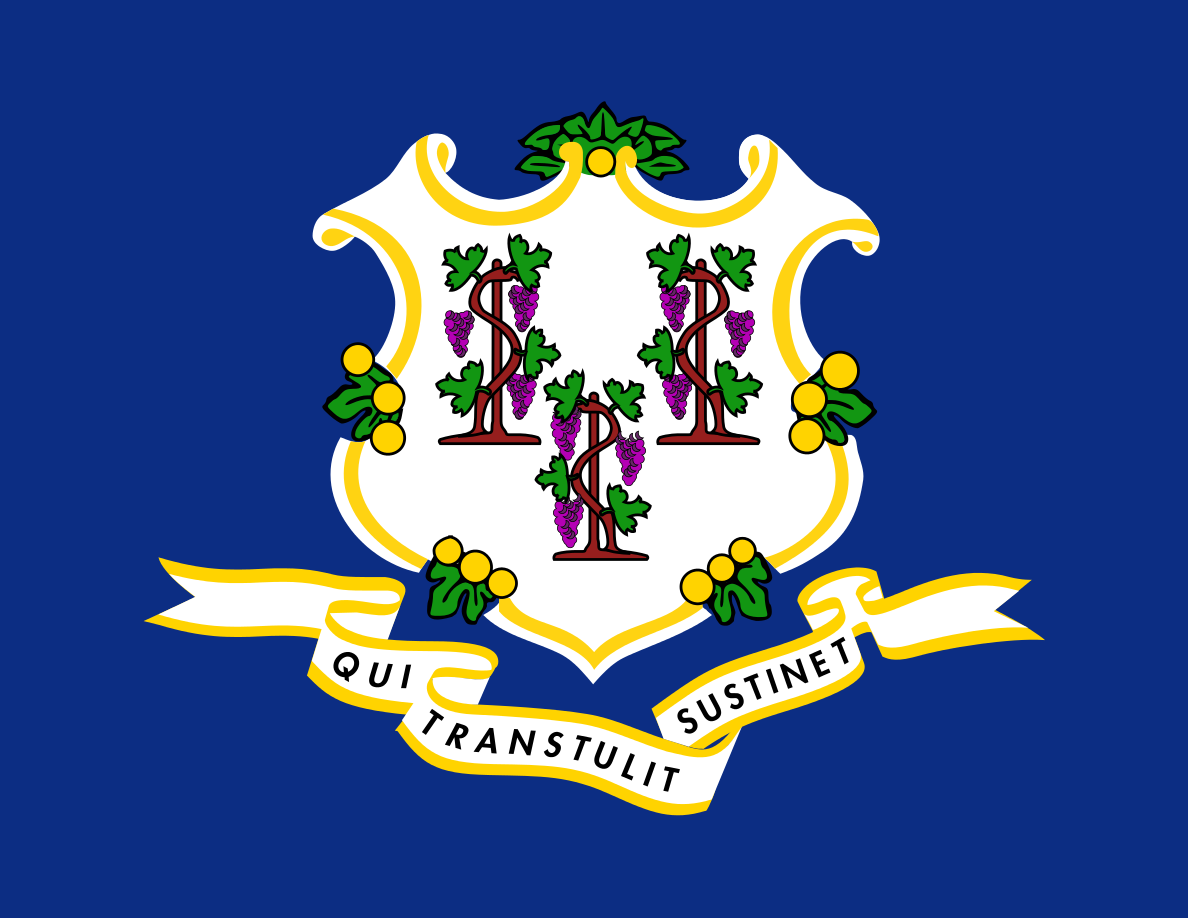Tag: connecticut
-
Five presidential tickets will appear on the ballot in Connecticut this November
Connecticut’s Nov. 5, 2024, general election ballot will feature five presidential candidates and their running mates. They are: Robert F. Kennedy Jr. withdrew from the presidential election in August, but will still appear on Connecticut’s ballot. This is the most candidates on Connecticut’s presidential ballot since at least 2008. In 2020, Connecticut’s ballot had four…
-
Incumbent U.S. Rep. Jahana Hayes (D) and George Logan (R) are running in the Nov. 5 general election for Connecticut’s 5th Congressional District

Incumbent U.S. Rep. Jahana Hayes (D) and George Logan (R) are running in the Nov. 5 general election for Connecticut’s 5th Congressional District. This is a rematch from the 2022 general election in which Hayes defeated Logan 50.4%-49.6%. As of Sept. 10, The Cook Report with Amy Walter, Inside Elections with Nathan L. Gonzales, and Larry J. Sabato’s…
-
A closer look at Connecticut’s 17 contested state legislative primaries

All 187 seats in the Connecticut General Assembly are up for election in 2024 and there 17 contested state legislative primaries on August 13, 2024. That amounts to 4.5% of all possible state legislative primaries and is above the state’s average of 15.6 contested primaries from 2010 to 2022. There are 15 Democratic primaries and…
-
Eleven candidates are running for Connecticut’s five U.S. House districts—tying with 2022 for the second-fewest in the last ten years

This year’s filing deadline for candidates running for Congress in Connecticut was June 11, 2024. Eleven candidates are running for Connecticut’s five U.S. House districts, including five Democrats and six Republicans. That’s an average of 2.2 candidates per district. There was an average of 2.2 candidates per district in 2022, 2.6 candidates per district in…
-
Connecticut committee advances bill proposing increased threshold for felony unemployment insurance fraud

Connecticut House Bill 2570, which proposes increasing the threshold for felony unemployment insurance fraud from $500 to $2000, advanced from the Joint Judiciary Committee on Apr. 5 by a vote of 24-13. The Joint Labor and Public Employees Committee approved the bill with a vote of 8-4 on Mar. 7. The bill is now pending…
-
State legislative primaries were most competitive in 2022 out of past four election cycles

Primaries for state legislative incumbents in states with trifectas have become more competitive since 2016. A trifecta happens when one political party holds the governorship and majorities in both chambers of the state legislature. In 2016, the percentage of state legislative incumbents facing a primary challenger was 20.6%. In 2018, it was 21.9%, and in…
-
Connecticut voters will decide a constitutional amendment to allow no-excuse absentee voting in 2024

Connecticut voters will decide on a proposed constitutional amendment in 2024 that would allow for no-excuse absentee voting. Connecticut would join 35 other states that allow this method of voting. No-excuse absentee voting is where any voter may request a mail-in ballot. Generally, a voter must first submit an application in order to receive a…
-
Connecticut announces plan to develop Native American studies curriculum for K-12 public schools

Governor Ned Lamont (D) and the Connecticut State Department of Education (CSDE) announced a partnership with state tribal leaders on November 30, 2022, to develop a Native American studies model curriculum for K-12 students. The announcement follows legislation signed by the governor in June 2021. The bill established new subject matter requirements, including a requirement…
-
All candidates for Connecticut House of Representatives District 142 complete Ballotpedia’s Candidate Connection survey

Both of the candidates running in the November 8, 2022, general election for Connecticut House of Representatives District 142 — incumbent Lucy Dathan (D) and Donald Mastronardi (R) — completed Ballotpedia’s Candidate Connection survey. These survey responses allow voters to hear directly from candidates about what motivates them to run for office. Eighty-eight of the…
-
All candidates for Connecticut State Senate District 8 complete Ballotpedia’s Candidate Connection survey

Both of the candidates running in the November 8, 2022, general election for Connecticut State Senate District 8 — Paul Honig (D) and Lisa Seminara (R) — completed Ballotpedia’s Candidate Connection survey. These survey responses allow voters to hear directly from candidates about what motivates them to run for office. Eighty-eight of the country’s 99…

